The Main Oven-t: 10 Commercial Oven Installation Tips for Restaurant Owners
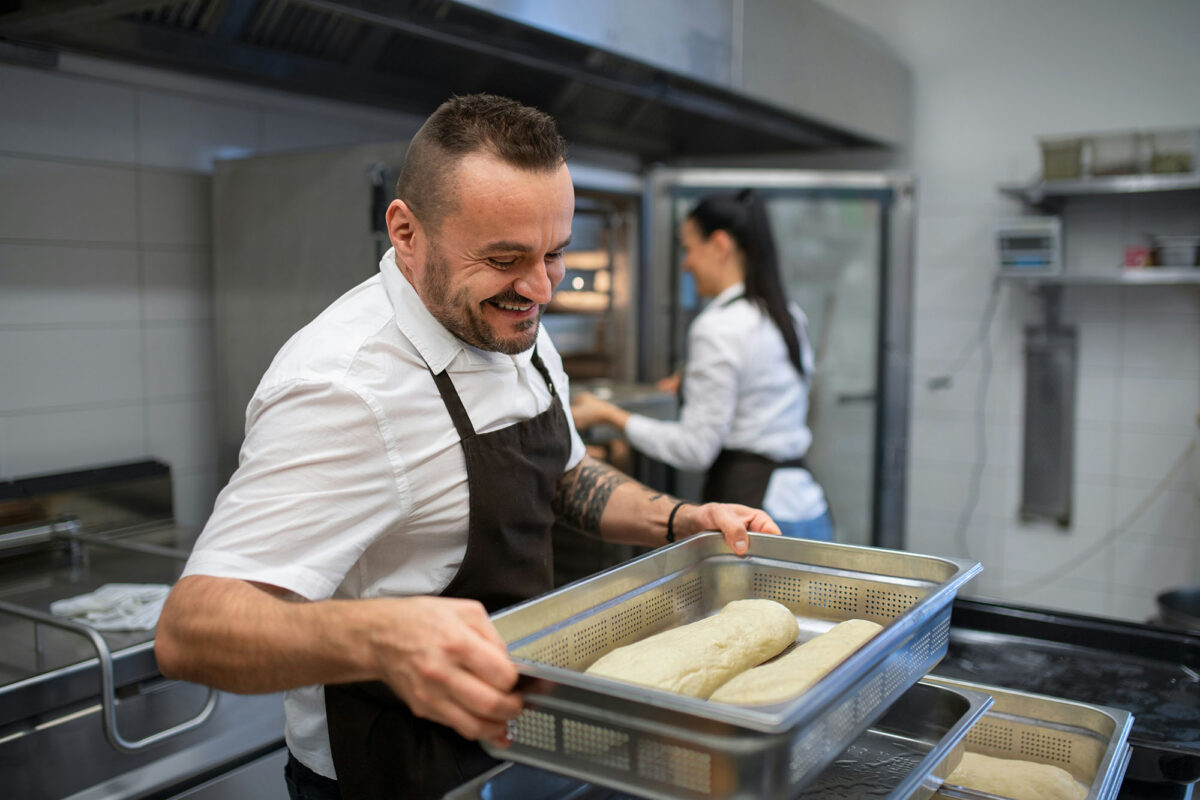
Your commercial oven and range are crucial for your restaurant business. Almost any type of cooking requires at least some access to a hot cooking surface—most restaurants completely depend on having a high-quality commercial oven.
So, if you’re in the market for a restaurant oven, you should choose wisely and explore your options before you buy. Your oven choice can greatly impact your kitchen space planning and layout. Don’t get burned by investing in the wrong type of commercial oven.
1. Bigger Bang for Your Bake: Space Planning and Layout Considerations
The size, space, and layout of your kitchen are critical considerations for a commercial kitchen. When you’re in the weeds, it’s all about the optimized workflow, and you get that optimization by strategic oven placement.
Be sure to consider your future needs too. Will you need multiple units? Will your kitchen capacity need to increase as you grow? If your answer is yes (likely), it’s important to be diligent in the planning process.
Measuring Your Kitchen Space
We’ve all heard about the importance of measuring twice and cutting once. When you’re shopping for kitchen equipment, an accurate measurement of your kitchen space is the basis for a successful commercial oven installation.
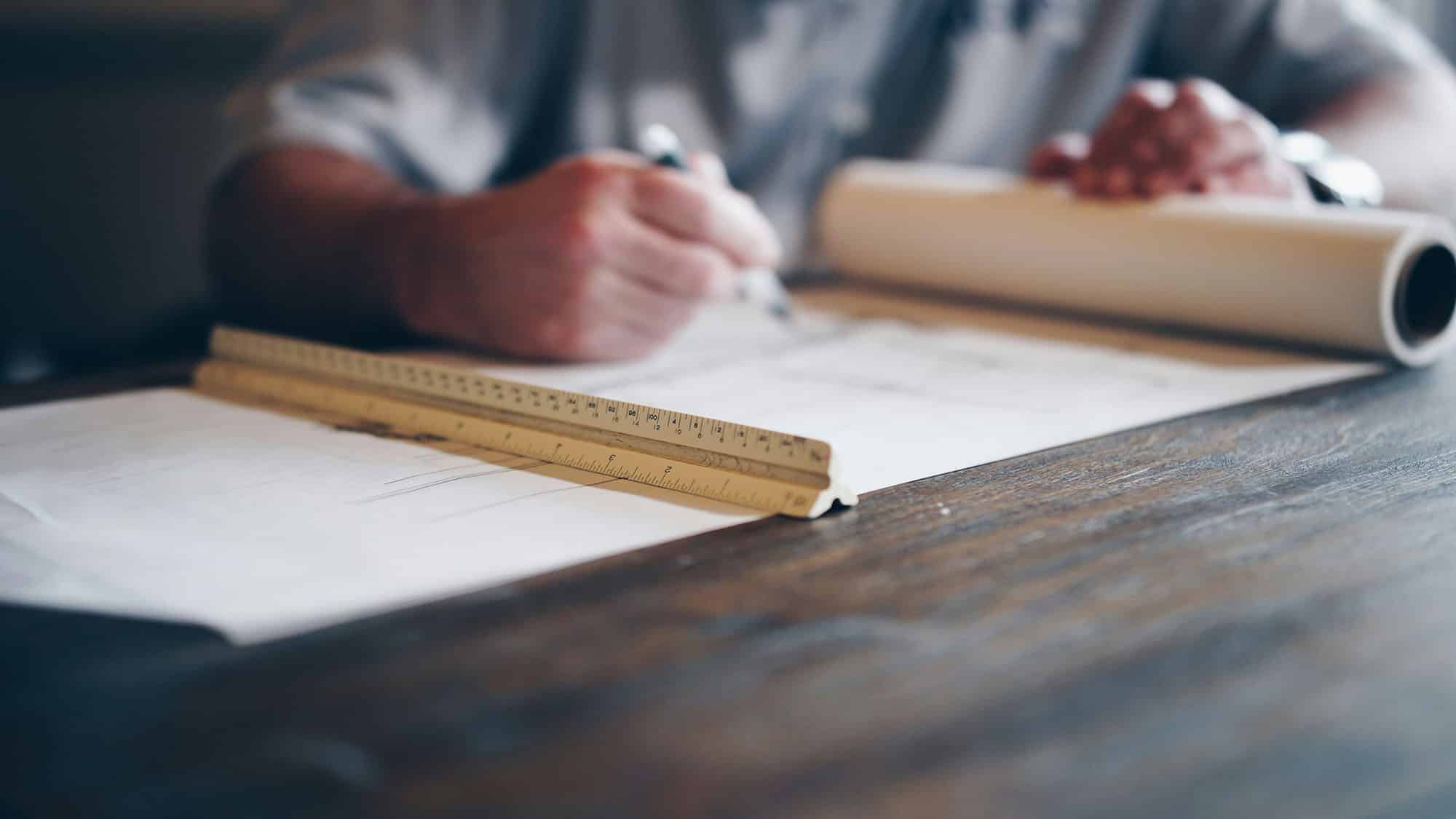
Carefully measure the spot where your oven will fit in your kitchen. Be sure to account for the space’s height, width, and depth. Include clearance for ventilation (and maintenance accessibility). Make sure you’re following safety regulations so the oven fits without obstructing operations.
Strategic Placement
If you’re enjoying the luxury of planning your kitchen layout, strategic oven placement is everything. The position of the oven in proximity to other appliances and workstations can either streamline the cooking process or turn your space into an obstacle course.
Time is money, especially in the kitchen. Place the oven near prep areas, grills, and fryers, so you cut back on the time your staff spends moving between stations. Follow the path of ingredients—from storage to preparation to cooking and serving. Does the oven’s location make movement easier? Does your kitchen flow?
Upscaling Kitchen Capacity
Presumably, your restaurant will grow with time. You may require additional ovens, prep spaces, and more. Even if you’re only purchasing one commercial oven right now, it’s wise to consider your future.
Make sure that your electrical, gas, and ventilation systems are scalable as well. You will thank your future self for the thoughtful planning now. As your operation enjoys a successful future, you can grow seamlessly to meet increased demand.
2. Real Deal Bakers: Complying with Local Building Codes and Standards
One of the most essential considerations in a commercial kitchen is safety and of course, ovens are right at the top of the list. Your installation must adhere to local building codes and safety standards.
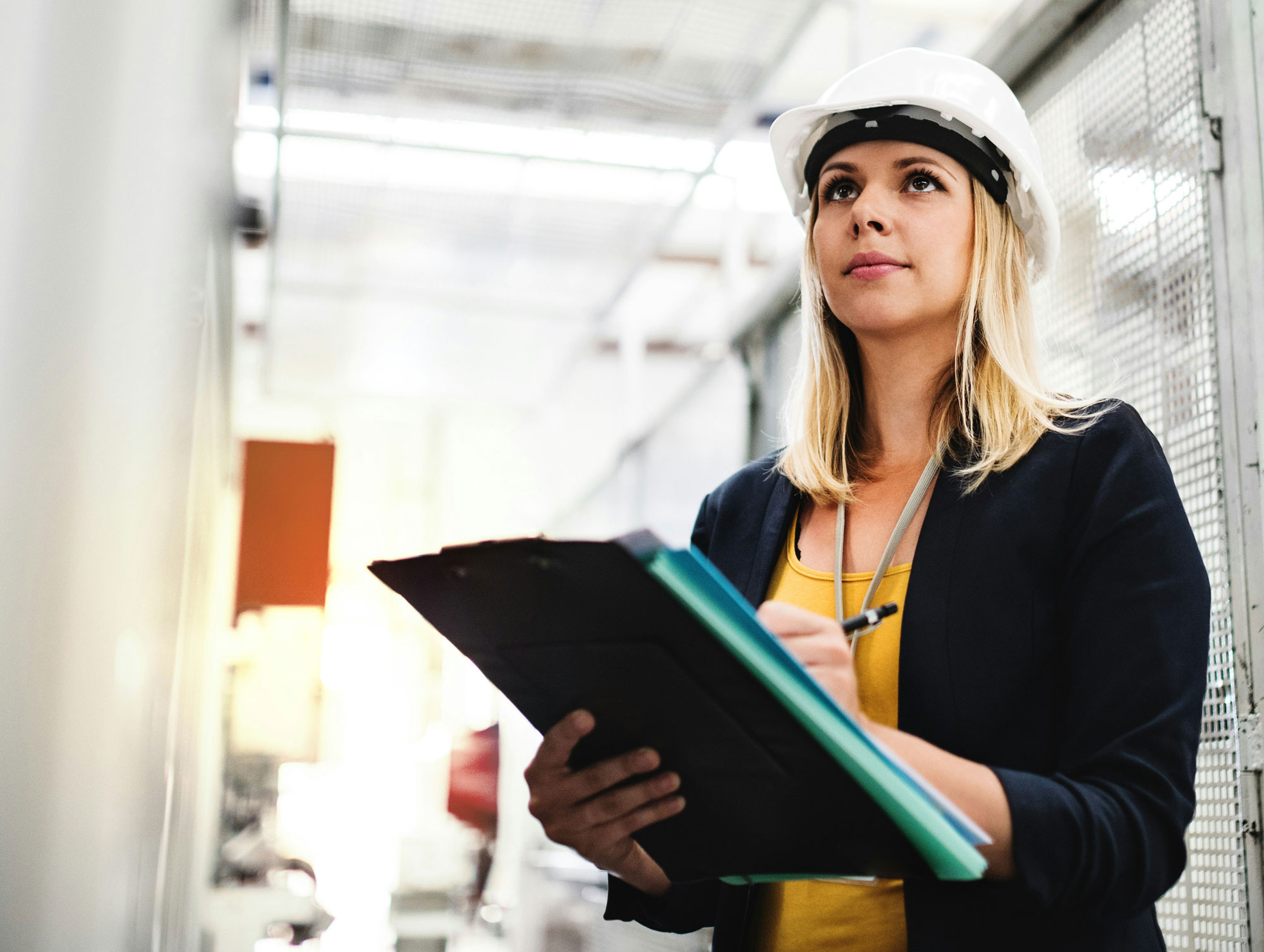
Start by familiarizing yourself with the local codes and standards, including fire safety regulations, ventilation requirements, and gas/electrical hookups. Your local health department and building authority can guide you and assist with the permits.
Do yourself a favor and address compliance questions and concerns about safe operation early on. Delays and modifications can be very costly after installation. Follow the rule of: don’t know? Ask a pro!
Certified professionals will be crucial to ensuring your installation meets all regulatory requirements. Engage with licensed electricians, HVAC specialists, and even plumbers to ensure the system is safe and up to par. Professionals will also be familiar with the necessary documentation and permits.
3. Bake a Deep Breath: Ventilation and Hood Requirements
Ventilation and hood systems are essential types of equipment for safety in a commercial kitchen—especially when it comes to your commercial oven and range. Proper ventilation systems remove smoke, grease, odors, and heat during cooking.
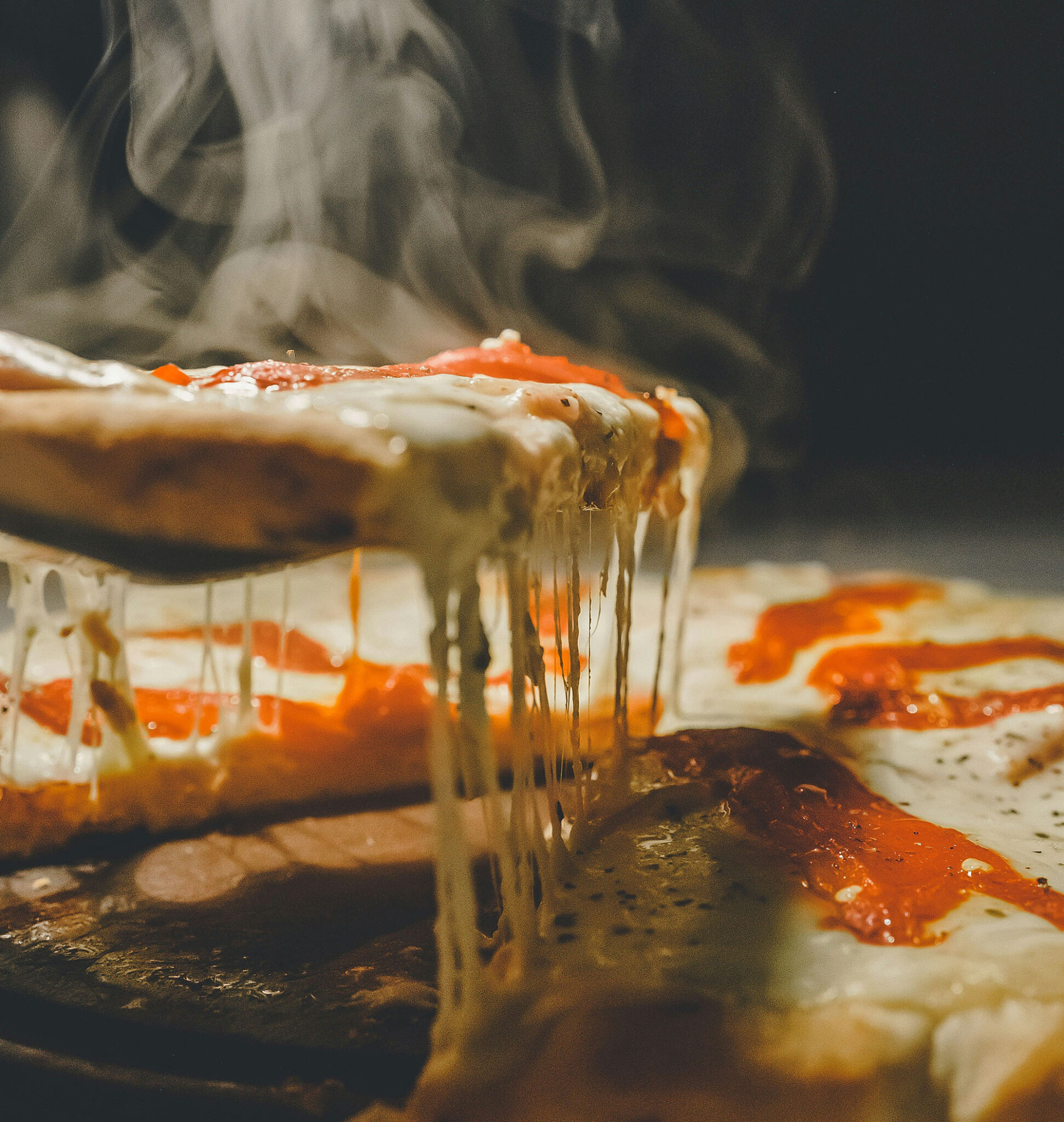
Ventilation systems are built to ensure air quality and to keep the kitchen comfortable and safe for staff. Local fire codes and health and safety regulations will dictate the installation requirements for your hood and ventilation systems.
It’s no secret that the kitchen can get hot and hectic. Cooking food produces a lot of odor, moisture, grease, and other air quality hazards. Plus, a stuffy kitchen is guaranteed to stress out staff. Ventilation makes a huge difference (and it’s mandatory in most cases, so don’t skimp in this area—put the safety of your staff and customers first)!
4. Some Like it Hot: Installing Electrical and Gas Connections
Electric or gas? It’s an age-old kitchen question. Most commercial kitchens opt for gas (especially on the commercial range), but an electric commercial kitchen oven offers precise temperature control and even heat distribution, making them the ideal choice for baking. Electric ovens often have a lower initial cost, but electricity rates can add up down the road.
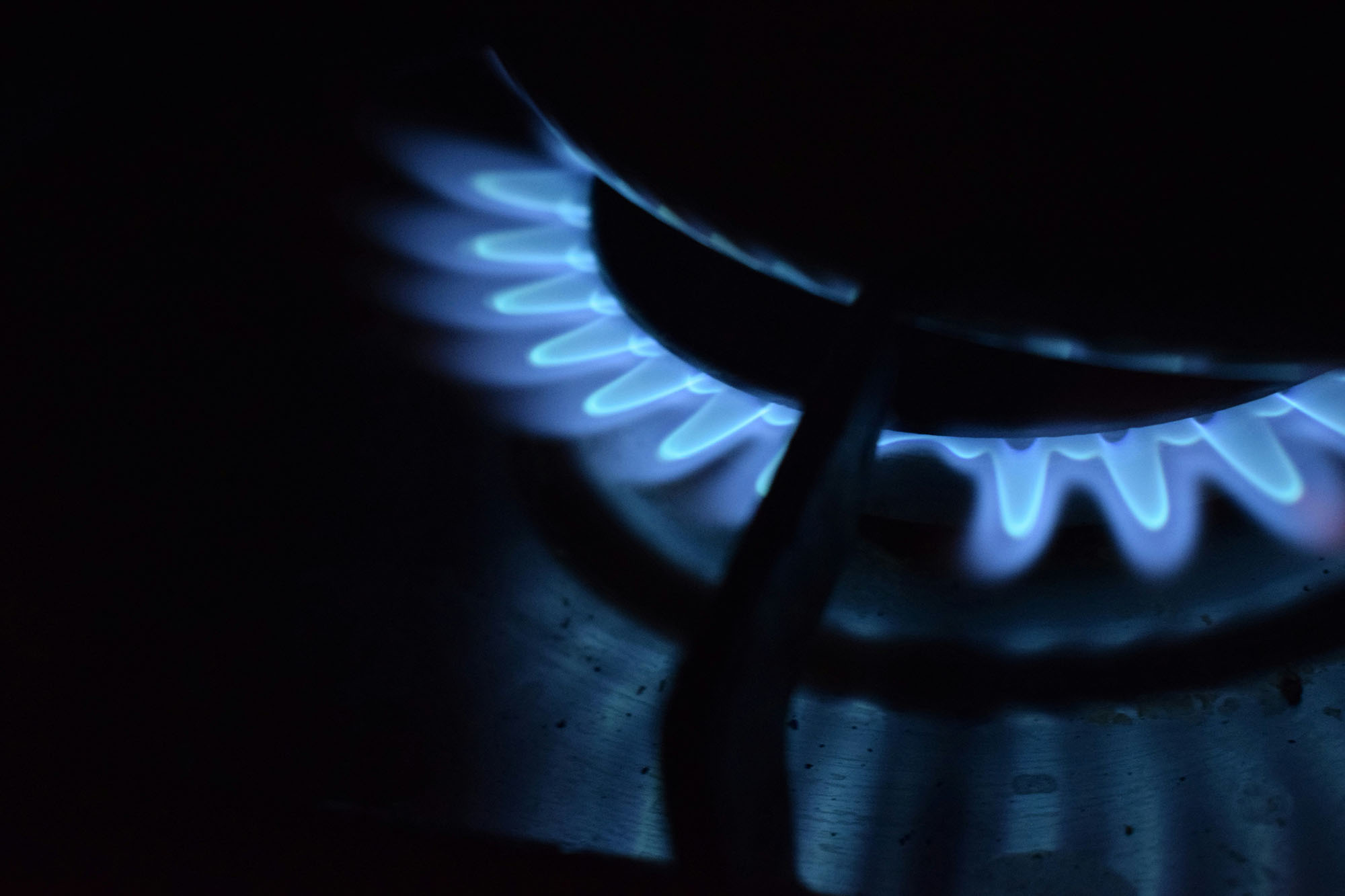
Commercial gas ovens are generally a higher investment, but they heat up fast and get that perfect sear, roast, or broil your customers crave. If gas prices are lower in your neck of the woods, a gas oven can also be more economical to run. However, the installation process is more complex, and there are stringent ventilation requirements for safety and efficiency.
When it comes to gas and electricity, it’s always important to seek professional expertise. Certified electricians and plumbers know how to handle the demands of the installation and ensure that there are no gas or electricity hazards.
Critical safety concerns aside, proper installation of your commercial oven helps ensure that it will operate at peak efficiency for the maximum lifespan. This is an area of your kitchen where it’s well worth investing in professional assistance.
5. Not That Hot: Safety and Fire Prevention Measures
Ovens are hot, and heat equals fire. Any time you’re cooking, you risk getting burned (both your food and your body). Fire safety and prevention is crucial.
Modern commercial ovens have many safety features to keep your kitchen and staff safe. Protections like automatic shutoff help prevent a malfunctioning oven from overheating. Many ovens include built-in temperature controls, adjusting cooking temperatures as needed to reduce the risk of accidental burns. Some models also feature door safety locks to prevent accidental openings and accidents.
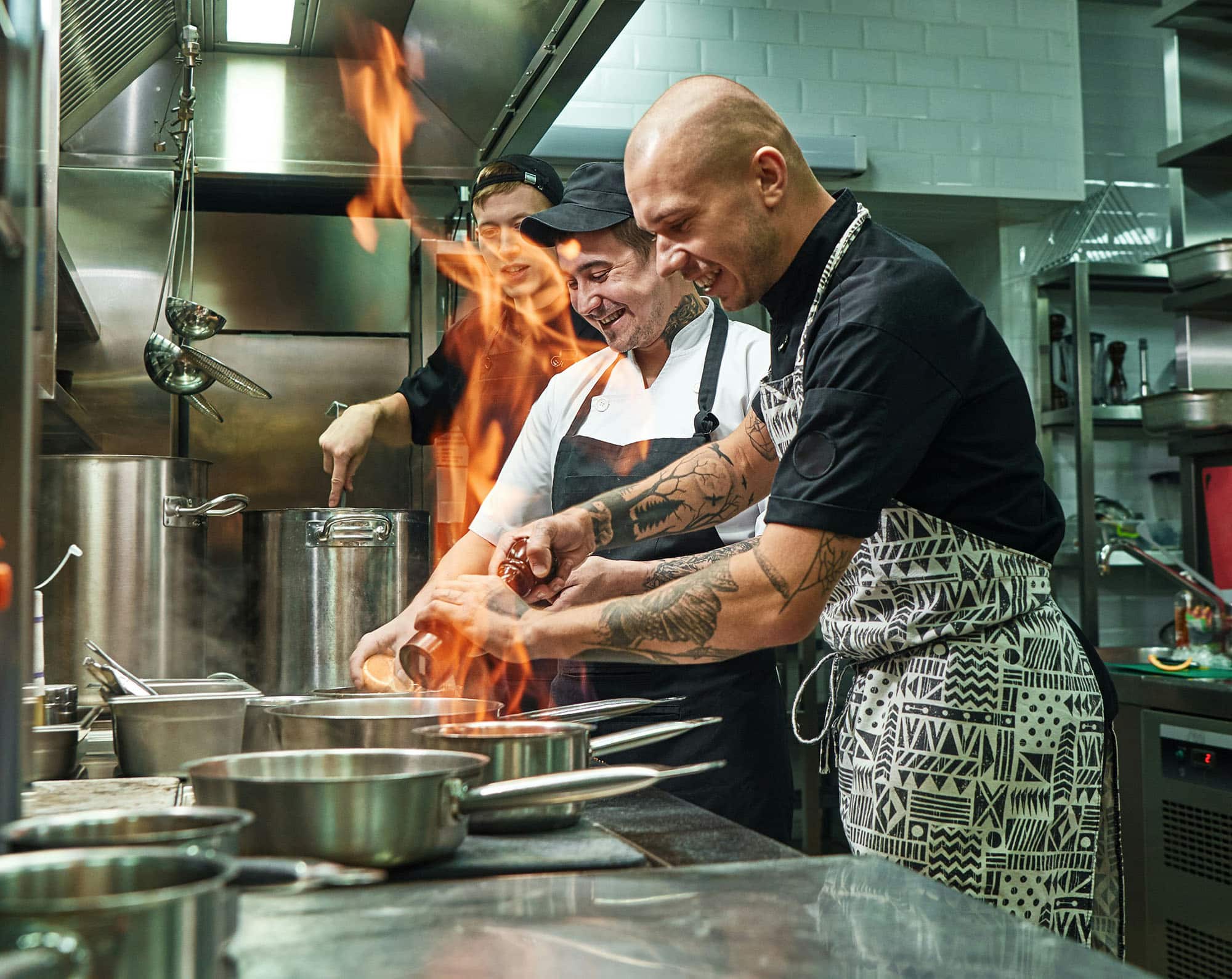
While buying an oven that offers fire prevention measures is important, it’s also important to train your staff on fire prevention strategies and proper oven use. Regular cleaning and maintenance are crucial for avoiding grease accumulation (a common fire hazard). Do they know what to do in case of a fire? Everyone should be familiar with the location and use of fire extinguishers, and regular fire drills should be part of your kitchen protocol.
During the installation, you want to consider placement. The oven should be away from flammable materials and have adequate ventilation for smoke and fumes. Most kitchens need a fire suppression system (like automatic sprinklers) to meet fire codes.
6. Bake Ends Meet: Your Installation Checklist for Restaurant Owners
Once you’ve tackled the logistics of ventilation, electric or gas connection, placement, and fire prevention measures, you should be ready to install your commercial oven. Here’s a walk-through of the process.
Equipment Delivery
Make sure your oven and cooking equipment match the description and order specifications upon equipment delivery. Do a thorough inspection for any visible damage the equipment may have sustained during transit. Run through the manufacturer’s list to make sure the delivery includes all the necessary components and accessories.
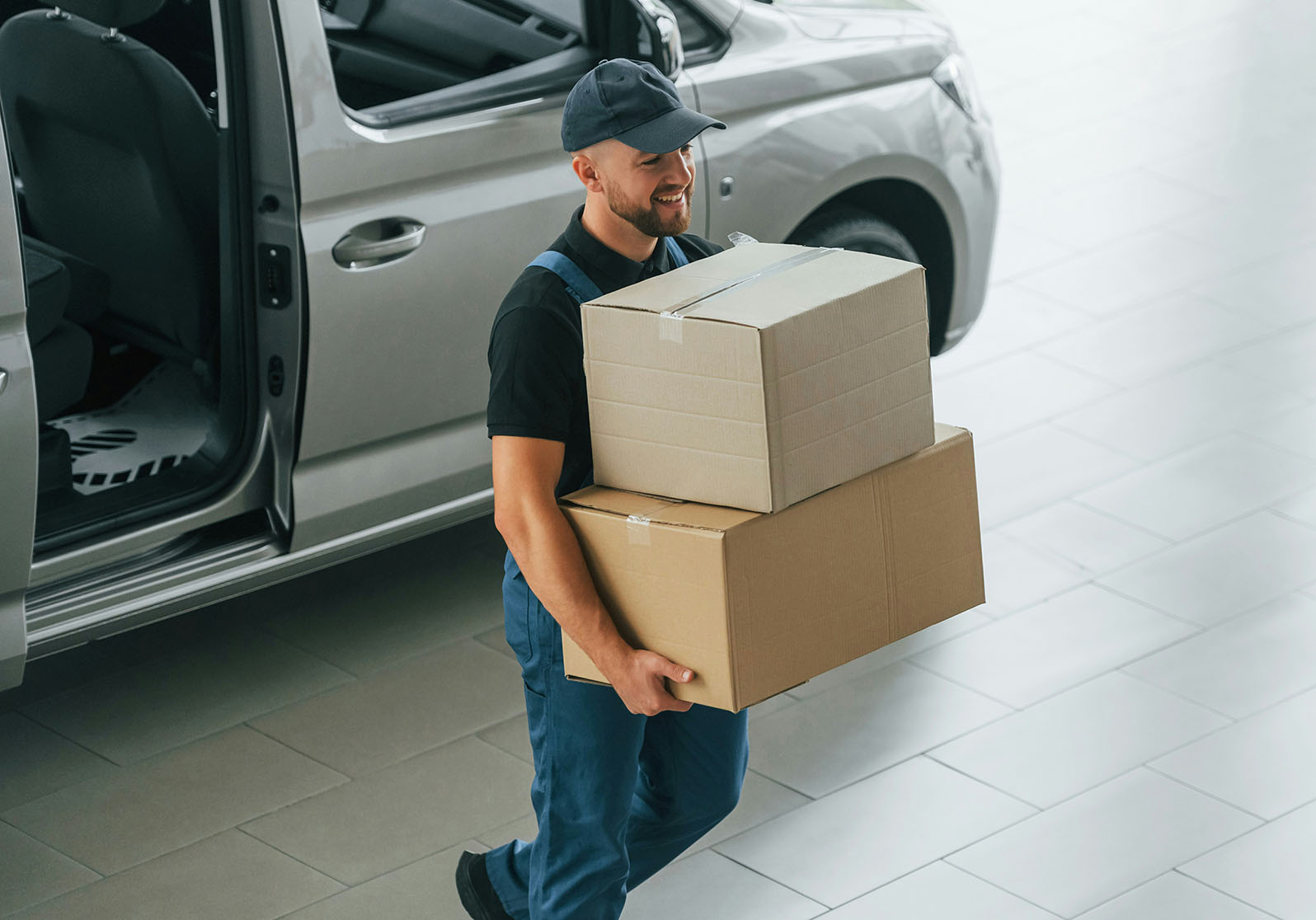
Pre-Installation Preparation
Measure the spot where you plan to put the oven one more time. Confirm that it will fit the oven dimensions and necessary clearances. Confirm that the doors open fully and that it’s easy to maneuver the kitchen with the oven in place. Check the utility connections (electricity, natural gas, and, if necessary, water) to ensure they meet the manufacturer’s specifications. If necessary, consider how you will have the old equipment removed.
Installation Setup
Position the oven in its new home. Make sure that the oven is level and completely stable. Certified professionals should connect the oven to the appropriate utility lines and confirm that the stove meets all the safety guidelines and requirements.
Ventilation and Safety Systems
If the oven includes a hood system, you’ll need to verify the proper function and installation. Ventilation is generally a job for HVAC professionals. Make sure that your fire suppression systems are in place and properly functioning. Follow fire code guidelines for placement of fire extinguishers and other safety equipment.
Initial Testing
Once the oven is in place, you can fire it up and perform the initial tests to make sure that everything works up to your expectations. Check all the connections (gas, electrical, and ventilation) to ensure there are no leaks and everything works correctly.
Final Inspection
Working alongside installation professionals, you should conduct a final inspection. Confirm that all the safety features of your oven are operational. The oven should meet all local codes and regulations.
Document Everything
Proper documentation is critical for protecting your investment. Your equipment is only as good as the records you keep, and details are essential! Include dates, the professionals involved, the modifications made, and any important notes. Keep copies of permits, inspections, compliance certifications, and safety details. Should any issues arise with your oven, you’ll need this documentation for maintenance, warranty claims, and service agreements.
7. The Oven-gers: Choosing Between Hiring Professional Installers vs. DIY Installation
The culinary industry is home to many scrappy, DIY-lovers. Many kitchens run on a tight budget, and you can save by doing maintenance and updates yourself. When it comes to oven installation, do you always need to hire a pro? Is it a job that a restaurant owner can tackle? Let’s break down the pros and cons of professional assistance.
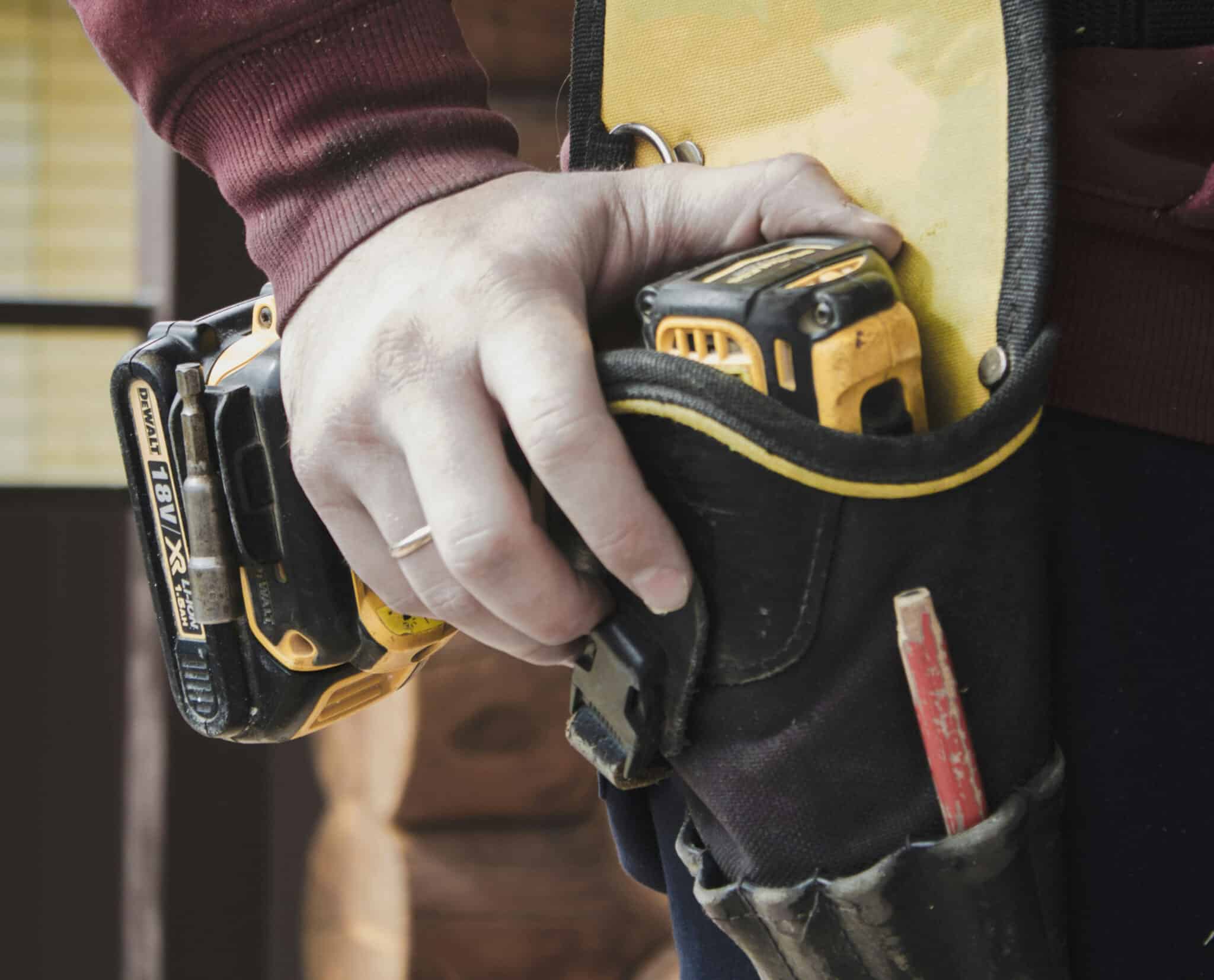
Pros of Professional Installers:
- Certification, expertise, and experience.
- Familiarity with compliance requirements, regulations, building codes, and standards.
- Minimizes the risk of accidents with gas or electricity.
- May be required by your equipment warranty.
- Saves you time by completing the installation correctly and efficiently.
Cons of Professional Installers:
- Cost is one of the biggest factors.
- Scheduling delays in the installation process.
Pros of Installing the Commercial Oven Yourself
- DIY-ing the job can help you save on labor and installation costs.
- You have control over timing and the installation process.
- You’ll learn details about your equipment, which will be helpful for future maintenance.
Cons of DIY Oven Installation
- Improper installation can lead to extreme risk of safety issues and equipment damage.
- DIY installations are time-consuming, especially if there are challenges to the installation.
- DIY-ing an installation increases your risk of failing to meet building and fire codes and regulations.
- Problems can be expensive. Compliance violations can even result in legal fees.
- DIY installation can void the manufacturer’s warranty.
Should you always hire a professional for oven installation? Of course, there are some minor fixes, repairs, updates, and maintenance that you can do, especially if you have experience with commercial equipment and feel comfortable working on it.
However, an oven installation is typically quite complex, requiring electrical, gas, and ventilation knowledge. Your oven is subject to building codes and regulations, which professional installers can confidently address. The warranty on your equipment may also stipulate professional installation. If the equipment malfunctions, you want to be sure your repair services are covered.
Often, with oven installation, it’s a matter of avoiding the pennywise and pound-foolish mentality. Yes, you may want to DIY the installation yourself to save money, but you’ll save yourself stress, time, and possibly a greater expense in the future by hiring a professional. You always want to err on the side of safety.
8. Keep an Oven Keel: Avoiding Common Installation Mistakes
There are some common installation mistakes and errors that can cause significant issues down the road. Here are some of the most common oven installation issues so you can take steps to avoid them.
- Incorrect Measurements: Not measuring the installation space adequately can lead to fitting issues that may require costly modifications.
- Improper Ventilation Setup: Ventilation is critical for adequate airflow, fire protection, and comfort. Ventilation problems can lead to overheating and broken equipment.
- Non-Compliance with Local Codes: Overlooking building codes and safety regulations? Never a good move. Slacking in these areas can result in fines and legal issues.
- Faulty Electrical or Gas Connections: Electric and gas problems put you right in the danger zone! Avoid kitchen fires (and even explosions) by doing your due diligence.
- Insufficient Clearance: Ovens need plenty of clearance for maintenance, cleaning, and ventilation.
These installation mistakes can lead to safety hazards, frequent breakdowns, increased maintenance costs, and other issues. Improper installation can also cause wear and tear on your equipment, reducing the lifespan of your oven. Protect your investment with careful planning and a professional installation.
9. Don’t Get Mad, Get Oven: Warranty and Service Agreements
Your oven’s warranty is critical. You want to purchase equipment that has a robust and reliable warranty. Most reputable brands like Southbend, Vulcan, and American Range will offer strong manufacturer’s protection.
What should you look for in a good warranty? It should include comprehensive coverage of both parts and labor. Warranties should cover at least a year (ideally longer); some manufacturers offer extended warranties.
Be sure to read through all the fine print, too. It may seem tedious, but it helps you understand what is covered and what may not be covered. The details may also explain restrictions on repairs, for example, if repairs can only be performed by authorized providers and technicians.
Warranties should explain the replacement policy and claims process for restaurant equipment. They should also include clear customer support contact information. When you need assistance, you should be able to quickly reach someone in a timely manner.
Similarly, service agreements may also be included. Many manufacturers include a maintenance schedule—like getting the oil changed on your car. You may need to schedule maintenance visits every few months to keep your oven firing at peak performance.
You may also receive top priority service for repairs when you’re in a service agreement. This can be a cost and time saver if something goes wrong.
When choosing an oven, a warranty and service agreement are critical considerations. Ovens and ranges are a major kitchen investment, so ensuring you’re as protected as possible is worth the effort.
10. Cheaper by the Oven: Performing a Cost-Benefit Analysis of Your New Oven
How do you know if your oven has a good ROI? Ovens are a pretty big financial decision for your kitchen, so you need peace of mind of knowing that you made the right purchase. One way to determine this is by performing a cost-benefit analysis.
To measure the ROI of your new oven, you’ll need to calculate the total upfront cost, including the price, delivery, installation, and any modifications that are required to the space.
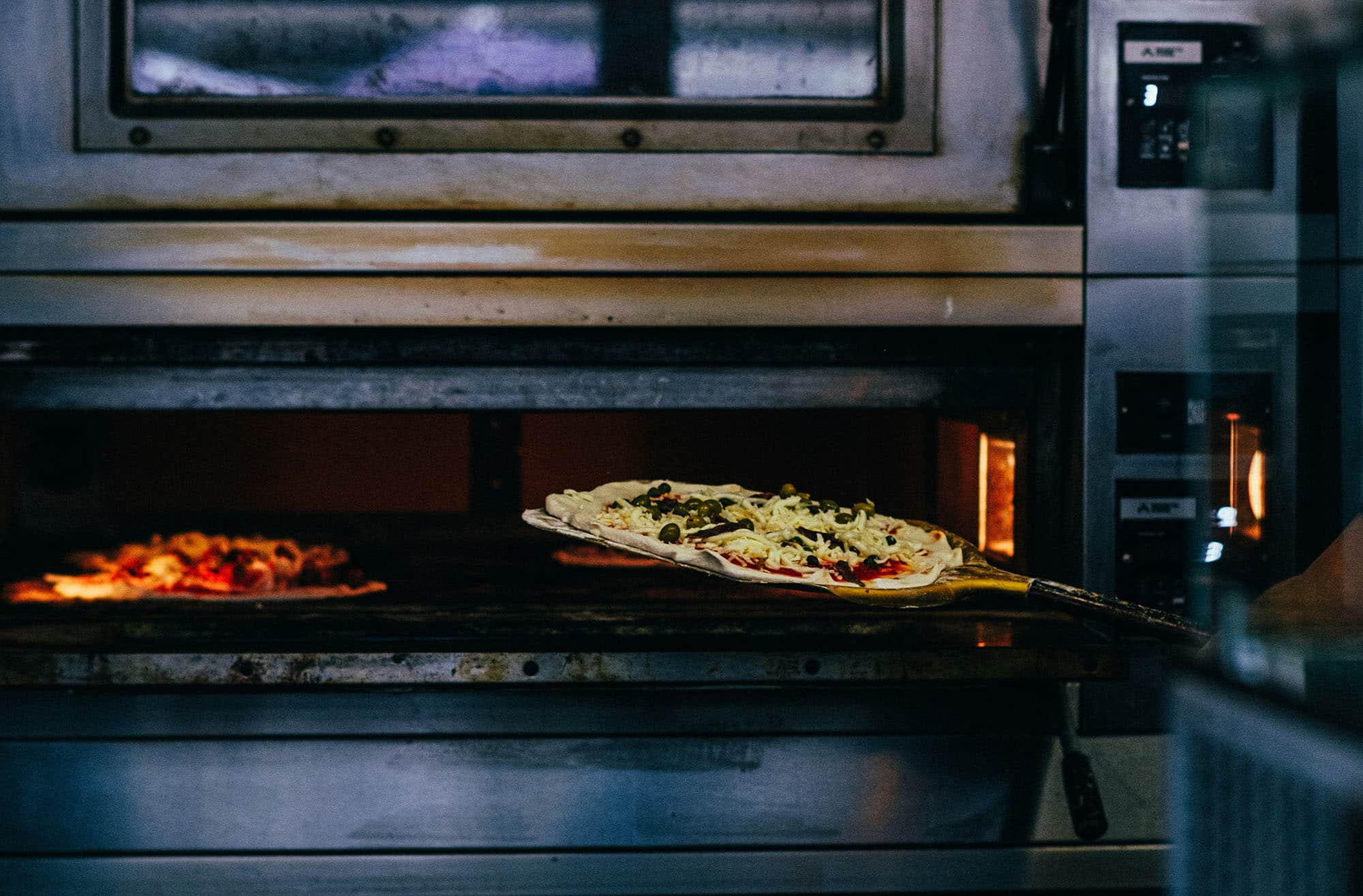
Estimate your ongoing energy expenses, regular maintenance, and repair costs. You may need to do some research before you purchase to compare different models and types. Then, consider how the oven will improve your kitchen’s efficiency.
Don’t forget to factor in the reduction in cooking times, increased capacity, and energy efficiency. Faster service means more customers and higher revenue. A new oven may allow you to save on labor, reduce the time and effort required by your kitchen staff, and allow you to grow and expand your menu.
Consider the expected lifespan and depreciation of the oven. A higher initial investment may be justified if you get a more durable and efficient oven that lasts many years.
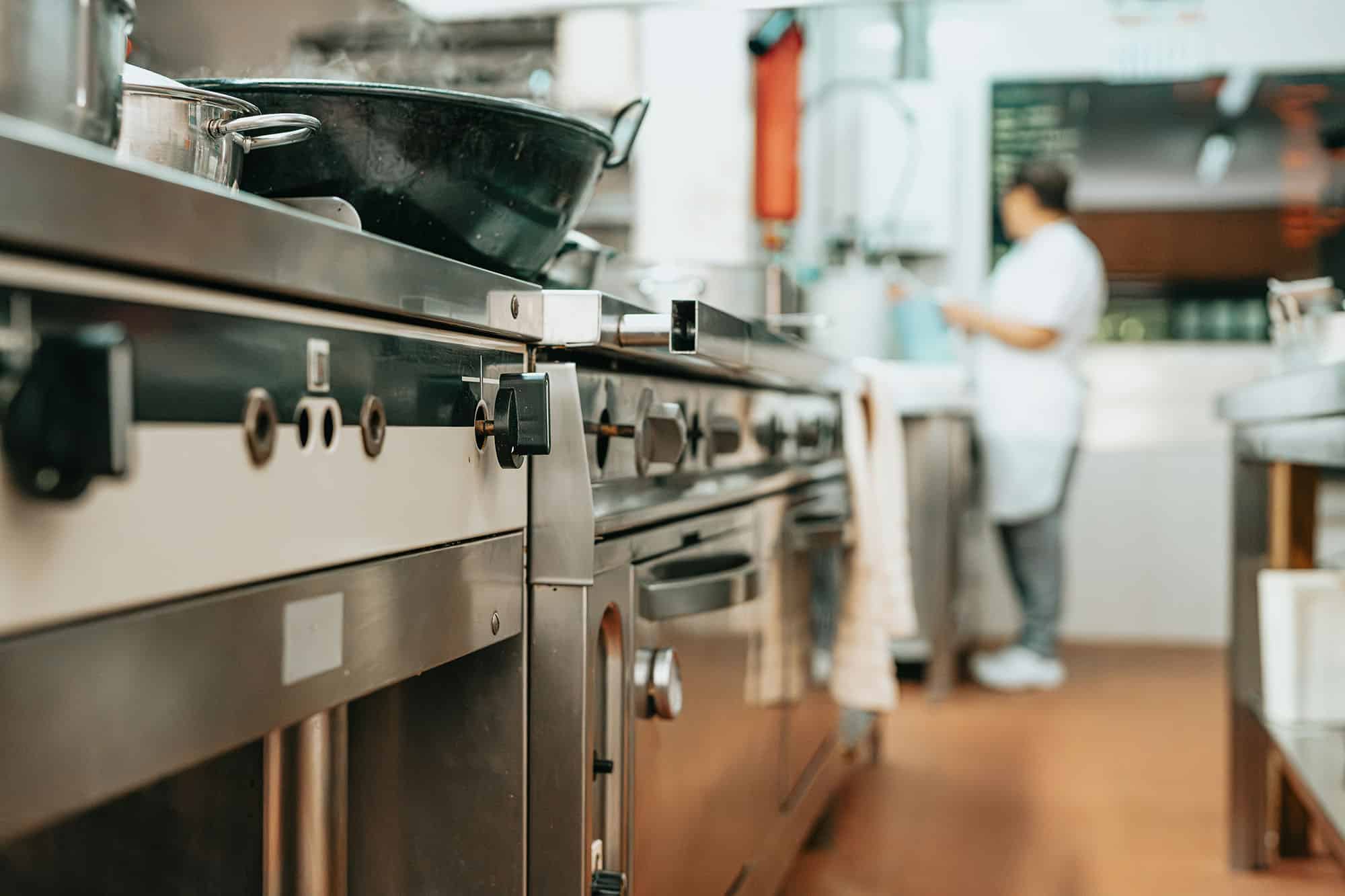
Bake-cause You’re Worth It: Find Your Commercial Oven at Eleven36
A commercial oven is a big investment. Careful consideration of your purchase and installation process will help ensure that you’ve made a savvy choice for your restaurant, bakery, or any business in the food service industry.
It’s important to understand that an oven installation requires special attention to gas and electricity hookups, safety and fire codes, and local building guidelines. It’s one piece of equipment where enlisting professional help can really pay off in the long run. New equipment installation requires attention to the size of your kitchen and the layout. You want to make the right choice even for simple installations.
Some oven manufacturers may even require professional installation to keep a warranty valid and up to date. Speaking of warranties, it’s always crucial that you examine the warranty carefully (read the fine print)! Follow the guidelines for performing routine maintenance and upkeep to avoid costly repairs.
When deciding on the purchase of an oven, know your space well and consider the future needs of your operation. Will you expand in the next few years? As you calculate the cost/benefit ratio and ROI, think of how your oven will help you save costs in the long term.You’ll find the top-of-the-line equipment for all commercial cooking and baking needs at Eleven36. We have a reputation for reliability, and when it comes to brand names, we carry the best. Explore our wide range of equipment to find commercial appliances and more. Reach out for guidance if you have questions or need assistance. We’re here to help your kitchen thrive!
